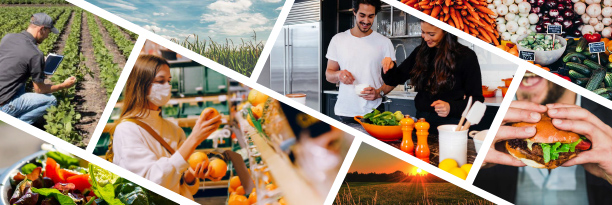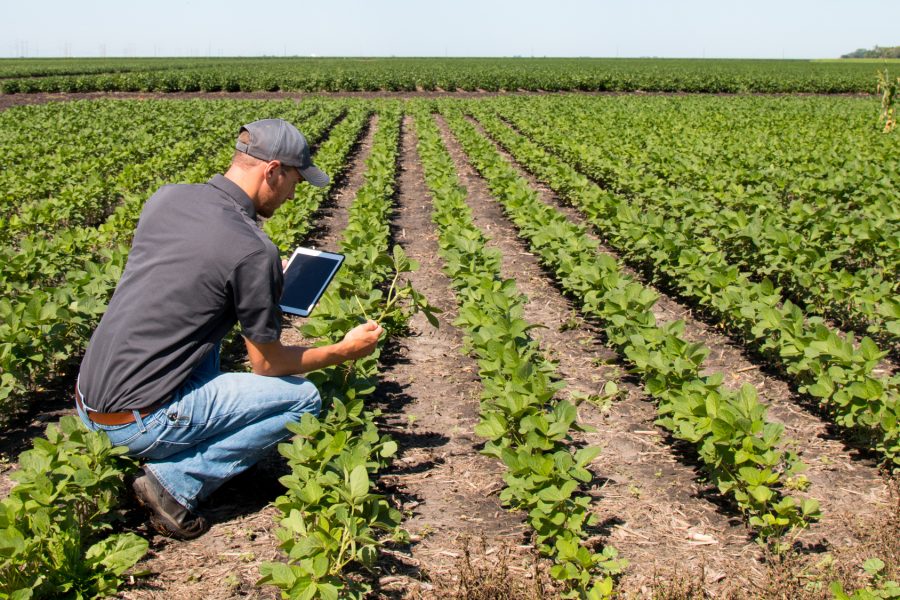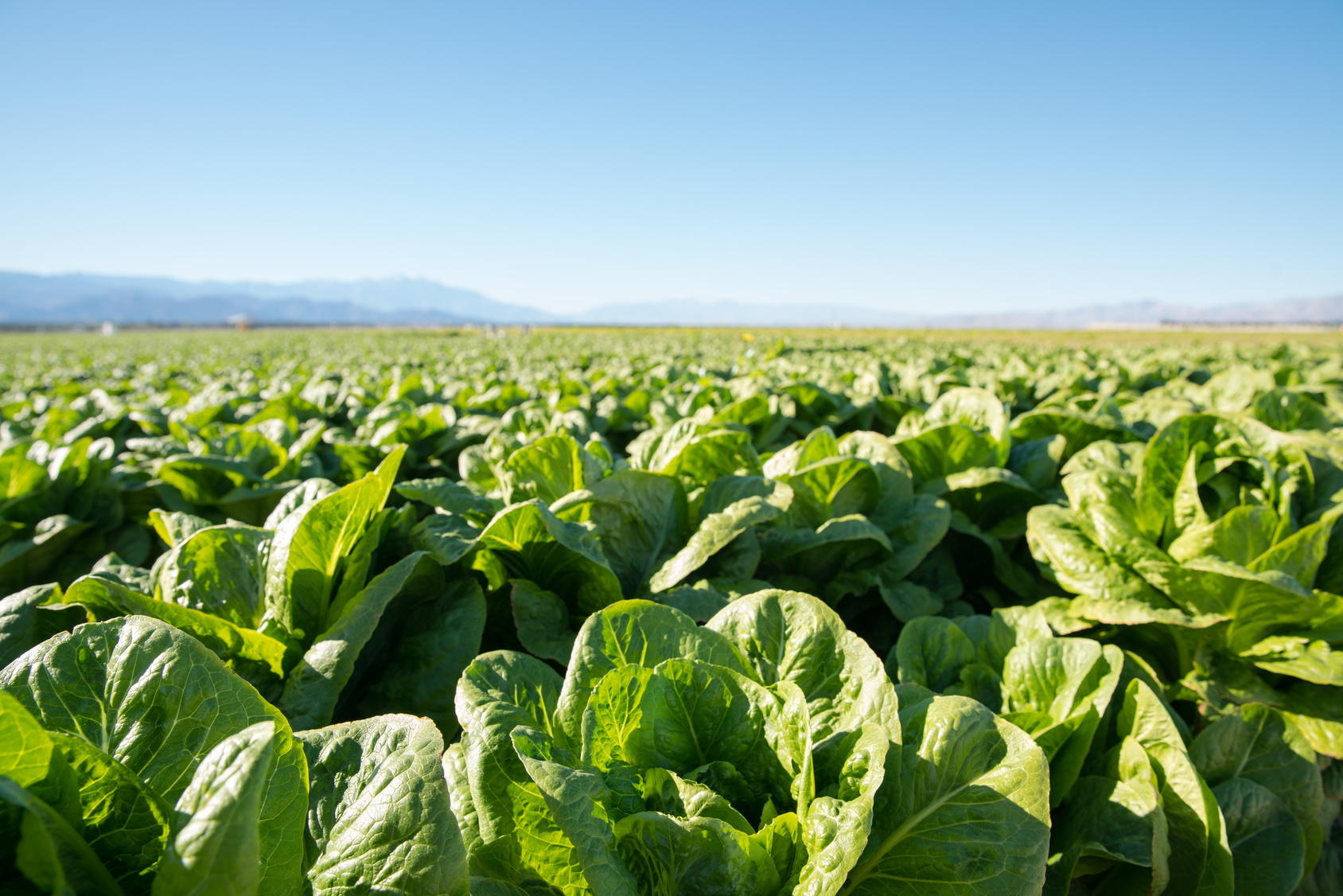It’s no secret that innovation drives down costs, making cutting-edge technology more accessible over time. For instance, a terabyte of digital storage now costs a mere $100, while not too long ago, businesses would spend millions to achieve the same capacity. Similarly, the cost of DNA mapping has dropped from the $2.7 billion spent on the Human Genome Project to less than $200 through companies like 23andMe.
Despite the obvious benefits of innovation, many financial advisors overlook early-stage growth opportunities for their clients, especially those located in the so-called “flyover states.” While entrepreneurial spirit and innovation thrive in regions like Indiana, Texas, Missouri, and Colorado, the majority of venture investments remain concentrated in coastal states like New York, California, and Massachusetts. This limited focus can result in missed opportunities for both investors and the broader economy.
Take, for example, the current food system in the United States. Two distinct systems have emerged: one providing affordable, calorie-dense, ultra-processed foods and the other offering healthier, nutrient-rich options that are often more expensive and less accessible. This disparity leaves Americans spending $1.7 trillion on food and an equal amount on diet-related illnesses and lost productivity.
Health experts, such as Dr. Robert Lustig, work tirelessly to raise awareness about the detrimental effects of poor diet on health and healthcare costs. Simultaneously, entrepreneurs like Matt Crisp are striving to develop healthier, better-tasting food from farm to table. By supporting such innovators, early-stage investors can create significant growth opportunities while addressing a pressing societal issue.
This potential for positive impact explains why $20 billion in venture capital was invested in Agtech and Foodtech in 2019. Investors increasingly recognize these ventures’ value and necessity, and those who join the trend could reap substantial rewards.
At iSelect, we prioritize investments at the intersection of food and health. Having evaluated over 2,500 companies, we’ve curated a portfolio that could create both societal and economic value. Furthermore, we’ve developed a unique investment tool that provides greater access, lower investment thresholds, increased liquidity, and reduced fees compared to traditional venture models, making it easier for clients to participate in these opportunities. We can uncover hidden gems that drive innovation and reshape the venture capital landscape by turning our attention to the flyover states and promising ventures they house.





